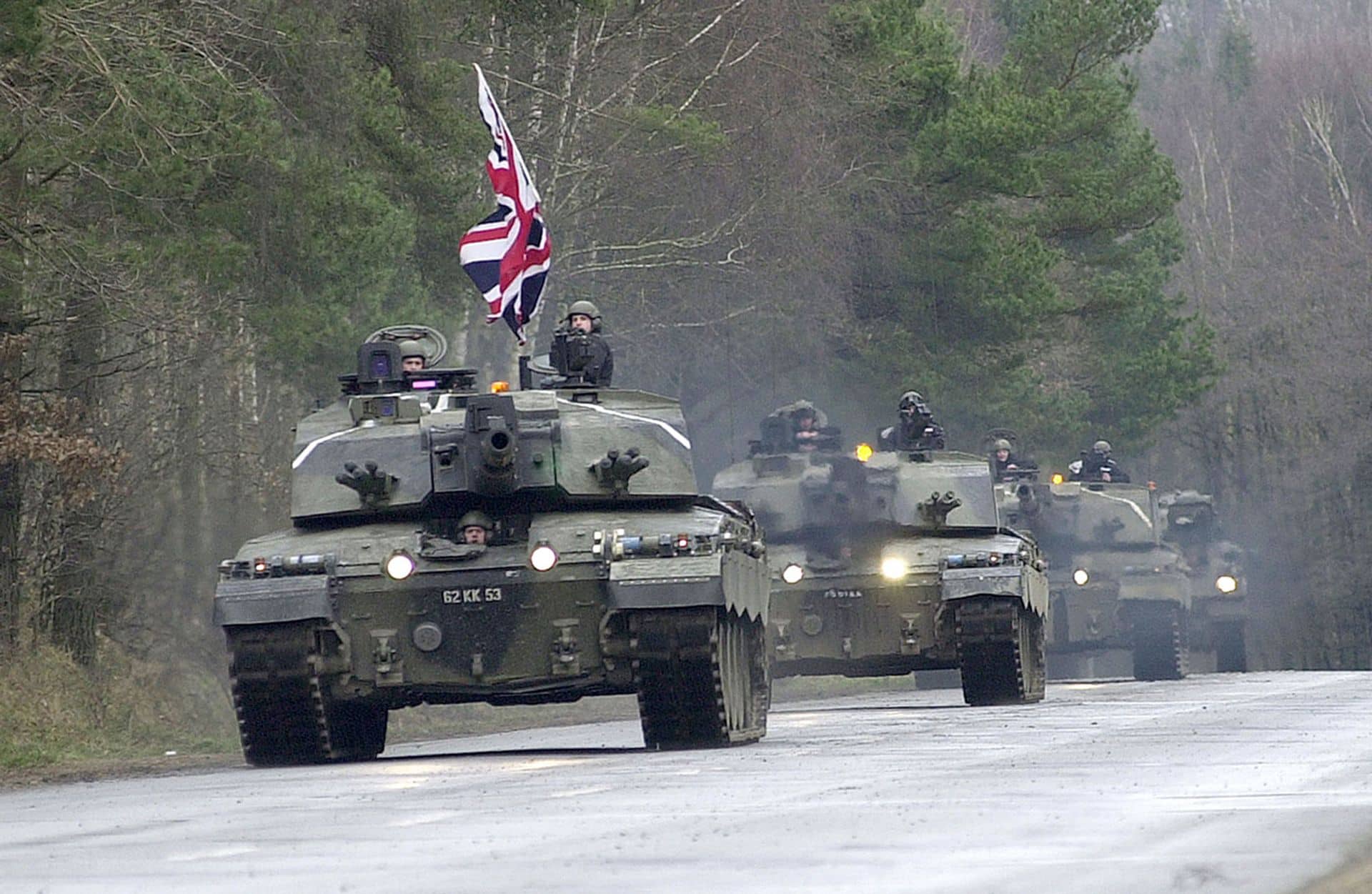Germany’s move to deliver battle tanks to Ukraine, expected to be followed by a similar announcement from the US, marks a politically weighty step that could also offer Kyiv increased ability to breach Russian invaders’ lines.
After weeks of pressure from Ukraine and other allies, Berlin finally agreed to send 14 of its Leopard 2 tanks, seen as among the best in the world.
The move also opens the way for other European nations that operate Leopards to send tanks from their own fleets to Ukraine, further building up the combined-arms arsenal Kyiv needs to launch counter-offensives.
“From offering 5,000 helmets to sending the Leos into Ukraine,” commented German Marshall Fund researcher Bruno Lete, referring to a widely-mocked early German contribution to Ukraine’s war effort.
“In less than a year, Germany deconstructed seven decades of pacifist policy” since World War II. “Perhaps reluctantly — but still a major Zeitenwende (turning point) in its own right.”
Britain has already promised a similar number of Challenger tanks, while media reports suggest an American announcement is coming soon.
President Joe Biden will address Americans at 1700 GMT on Wednesday about US support for Ukraine, the White House announced.
French President Emmanuel Macron on Sunday indicated Paris was also considering sending French-made heavy Leclerc tanks for Ukraine.
Coming on top of lighter vehicles promised by Berlin, Paris and Washington earlier this month, the united front behind Kyiv marks a setback for Russia, which has long been banking on Western support for its neighbour running out of steam.
Fears in some capitals — especially Berlin — that the front-line battle tanks could be seen as a new step in escalation appear to have been soothed, not least in light of taboos that have already fallen since the Russian invasion.
“Howitzers and multiple rocket launchers delivered in 2022 were just as serious, if not more so than tanks, because artillery is more powerful” in deciding military engagements, Ukrainian military analyst Mykola Bielieskov said.
On the other vital front for Kyiv, air defence, the Americans have pledged to deliver Patriot missiles, seen as one of the best such systems available in the West.
Second mobilization wave?
Russia’s ambassador to Germany Sergei Netchaev said Wednesday that the decision to send tanks was “extremely dangerous” and “takes the conflict to a new level of confrontation”.
But a European government source told AFP that Western capitals “don’t see tanks as driving escalation, given how the Ukrainians will probably use them” to defend and retake their own territory, rather than attacking Russia itself.
Moscow could itself deploy its latest T-14 tanks to the battlefield, but only has around two dozen available, said Andras Racz of the German Council on Foreign Relations (DGAP).
“Instead of a fully symmetrical answer, we can expect a lot of information pressure from Russia,” Racz said.
At home, “the delivery of modern Western tanks might contribute to Russia’s decision to launch a second wave of mobilisation” of conscripts.
Nevertheless, In the big picture “the Russians know a few dozen tanks are not going to change the course of the war,” Racz said.
Not a silver bullet
Kyiv has since December been asking for around 300 Western tanks that would allow it to launch counter-offensives against Russian forces occupying its territory.
After months of front lines being stuck, many observers fear Russia coud launch a huge attack in the eastern Donbas region come spring.
With artillery support, tanks and other armoured vehicles will make Ukrainian forces more mobile, and hopefully able to punch through Russian defences — breaking the trench warfare that has emerged.
“Main battle tanks have been an integral part of combined arms warfare since World War II. No major defensive or offensive operation is possible without an operational MBT arsenal,” Ukrainian expert Bielieskov said.
That means that tanks alone are not a wonder weapon that will win the war for Kyiv.
“There are other integral elements of combined arms warfare: mechanised infantry, tube or rocket artillery, air defence, missiles, signal troops, and only employed in concert can they bring the needed results,” Bielieskov added.









